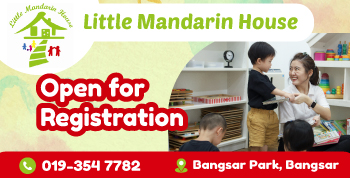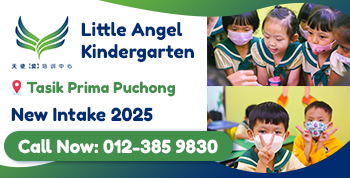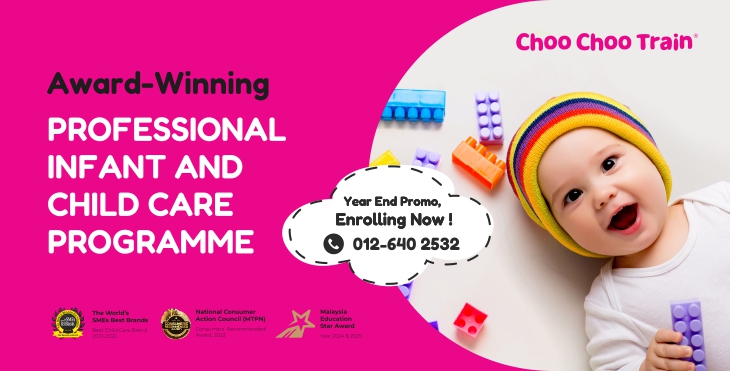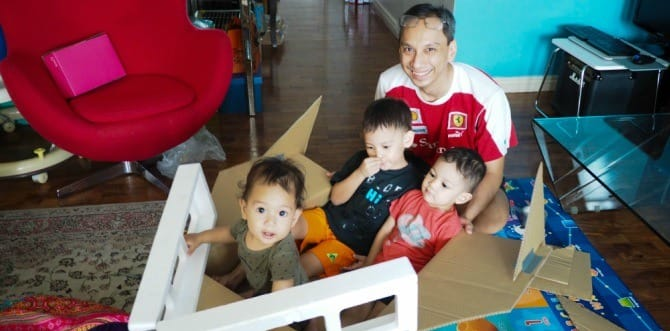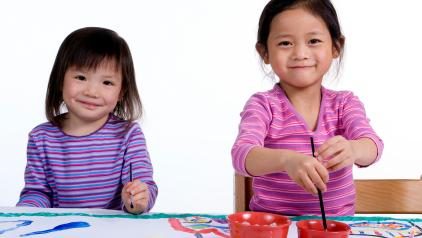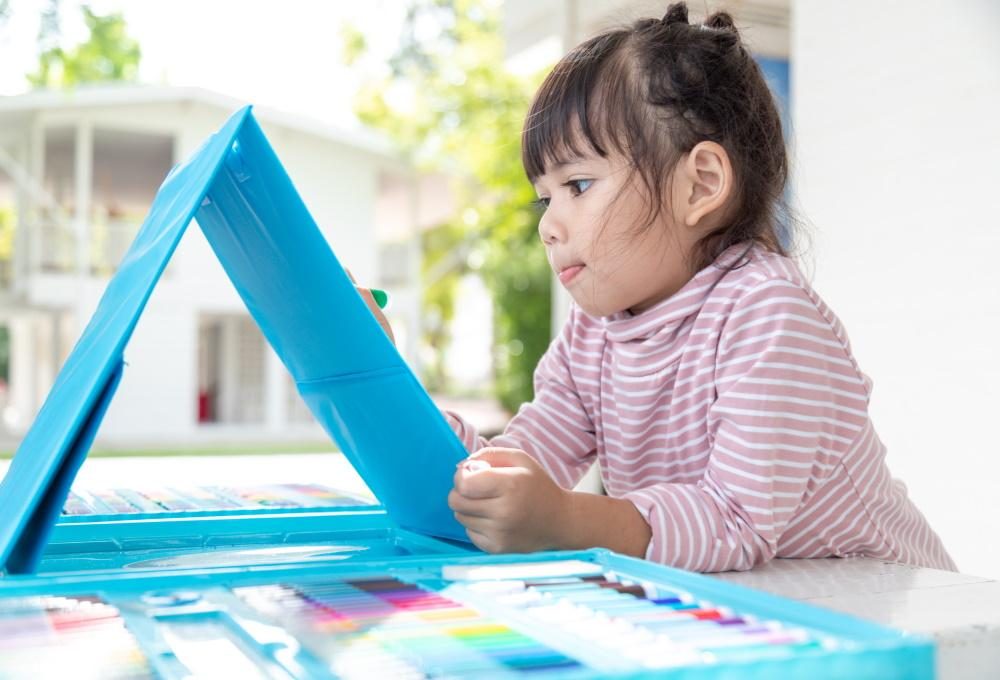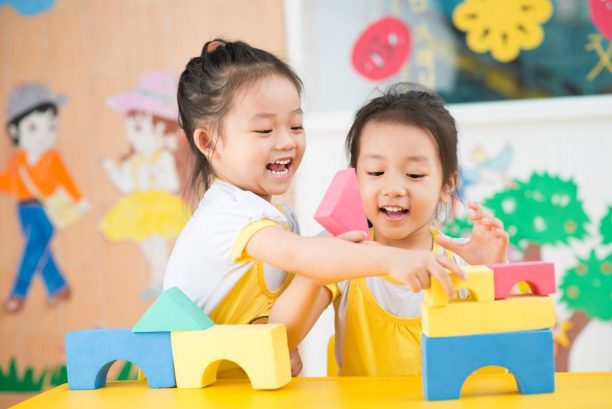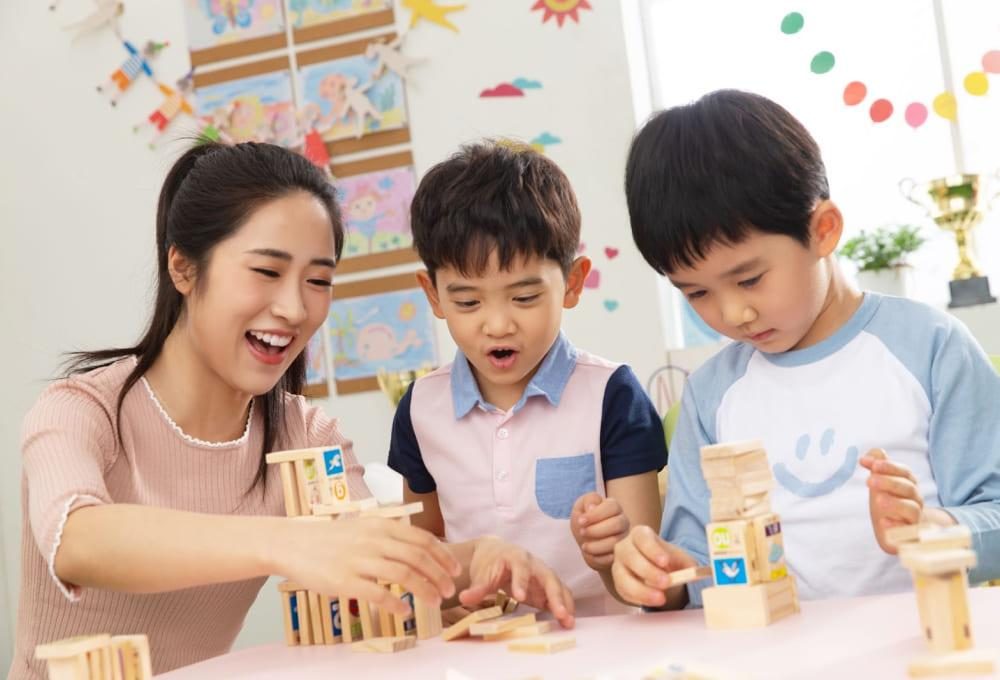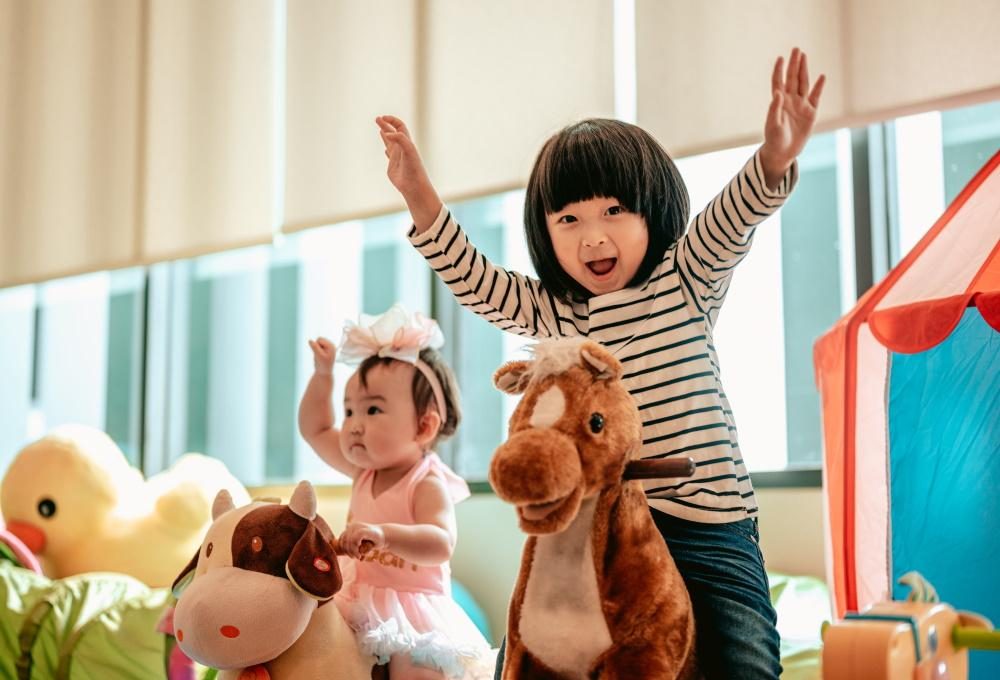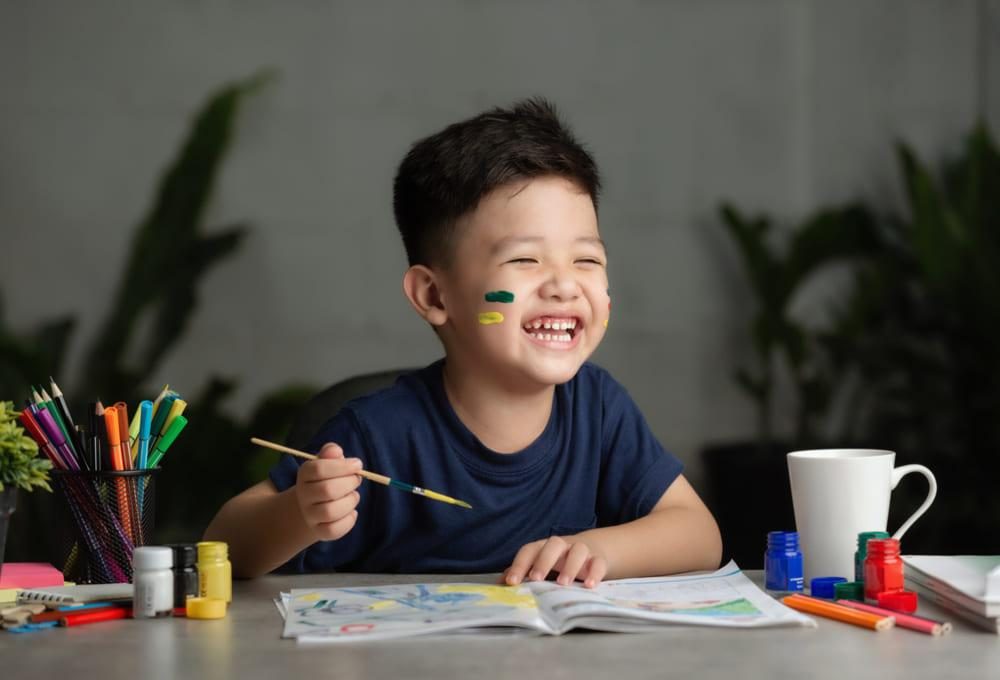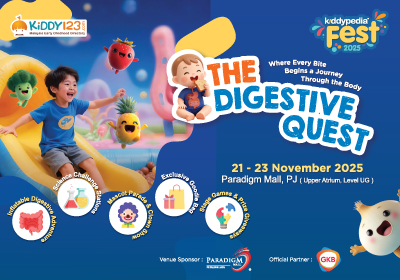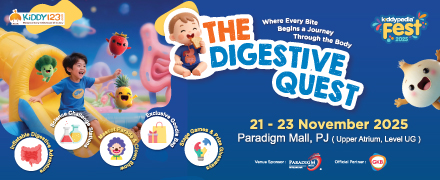The Montessori Story – The Theories Behind A Montessori-Based Education
by on 02/08/2025 ...
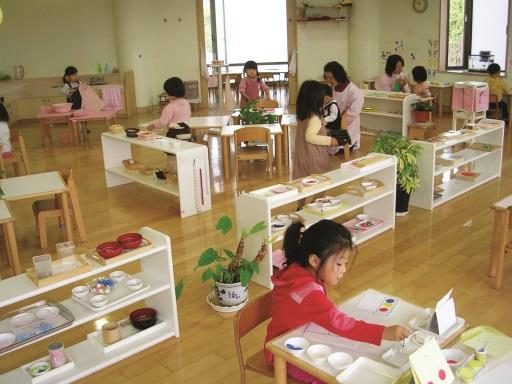
One might wonder what exactly is the difference between a Montessori based education compared to others and what so special about it. While it has been around for quite some time, it seems to have found the most relevancy now more than ever. It can be akin to ‘bringing out the true abilities of a child’. Indeed, it’s what Montessori is about – To build on the initiative of children to keep learning and working towards developing themselves. Montessori schools operate under one ambitious aim and that is to aid a child’s’s development into a complete adult human being who is equipped with confidence and self esteem and is comfortable with society and with humanity as a whole.
The Original Holistic Education
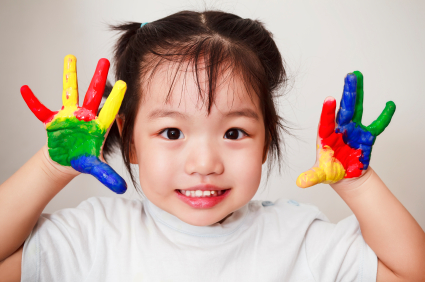
The Montessori method of teaching aims for the fullest possible development of the whole child, ultimately preparing him for life’s many rich experiences. Complemented by her training in medicine, psychology and anthropology, Dr. Maria Montessori (1870 – 1952) developed this philosophy of education based upon actual observations of children.
A Montessori based education does not capitilize on routinizing children’s activity at school. It does not stress on achieving good grades or giving out medals and rewards for good results, which are common practices in many other schooling systems. This stems from the belief that children should learn willingly at at their own pace and within their own capabilities and not feel prompted to learn just to make good impressions and to earn medals and good grades. It does not mean that Montessori systems don’t take children’s education seriously, but it simply deviates from the approach of labeling a child’s accomplishments with rewards.
Montessori schooling is all about prompting a child to learn at his or her own free will. In order for them to learn, they are provided with Montessori learning resources like books, models, informational games and so on. Even then, material used are based on their interaction with them. Materials that can serve a purpose will be kept while the ones that serve no purpose for that particular student will not be used. Their methods of learning is kept as flexible as possible. There are no hard rules of learning or playing, so children stay true to themselves as much as possible.
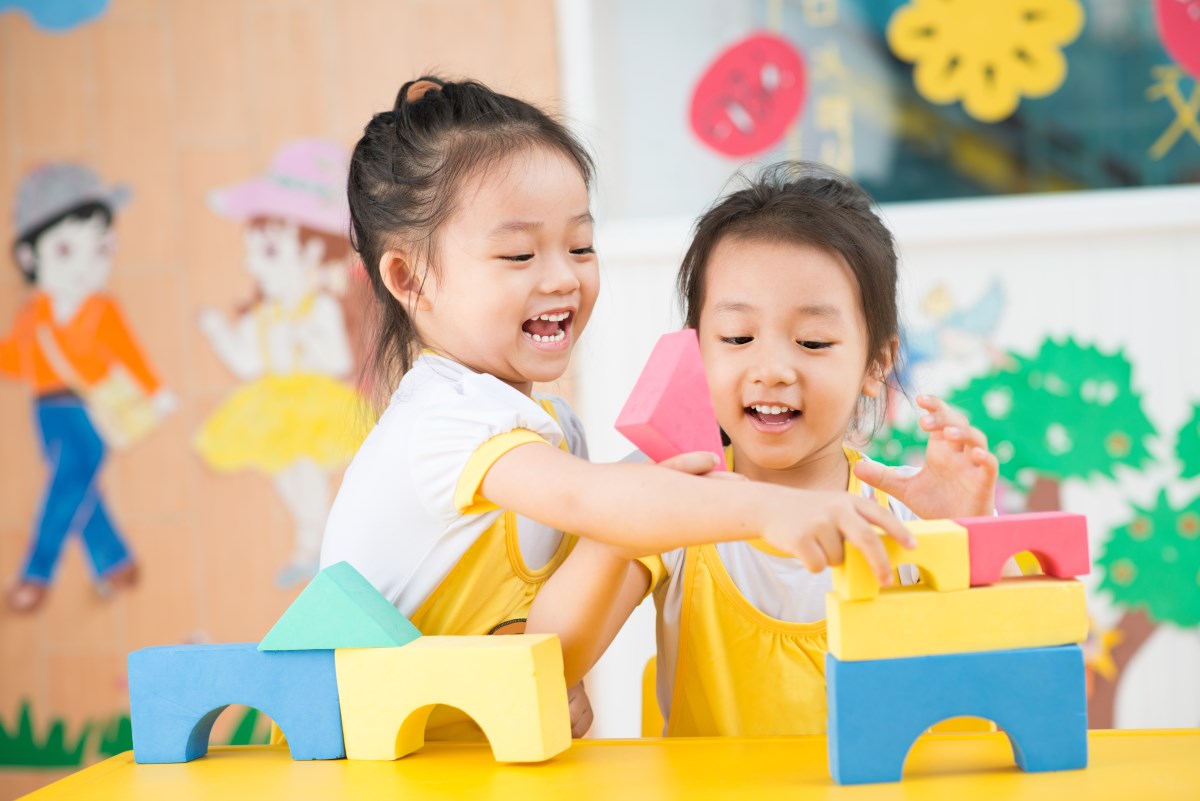
Natural Learners
Montessori encourages children to wander and ponder as well as engage all relevant resources and materials to learn and create new experiences. The teachers observe them closely on how they perceive things and information. Based on these observations, they will be guided. According to the Montessori theory, children are natural learners and they are naturally curious and nosy about everything, from their surroundings, to what their teachers or friends are doing. The system plays on this too, and strive for development using their natural potential to learn via their natural ‘need to know’ characteristics.
A Growing Demand
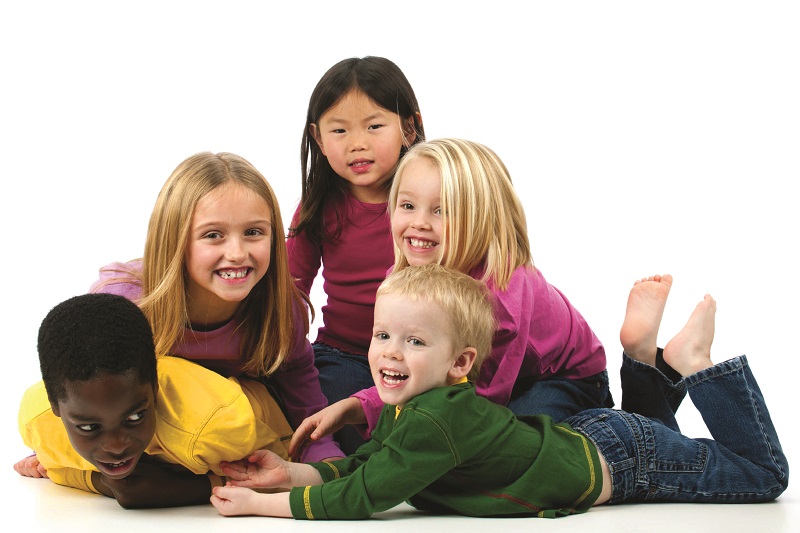
More and more parents are now veering towards a Montessori-based education for their kids, bringing the demand of Montessori schools to an all-time high. Sheena Anne Ignatius, the founder and head of The Montessori Place, had to move her school to a three-storey corner lot from the ground floor of a shop lot in Bukit Jalil to accommodate the growth in her school’s intake. The school will be moving to a 5000 sq ft space at Calvary Convention Centre at Bukit Jalil in January 2015 to catch up with the growing waiting list!
The Montessori Place is an example of a fully equipped Montessori school which adheres to the Montessori concept of Early Children Education.
“The Montessori Method is a thoughtful and purposeful approach to education which emphasizes a child’s innate ability to direct their development when given the opportunity and tools. Parents who choose a Montessori school for their children do so because of this emphasis on self-directed learning, the multi-age grouping environment, and dedication to individual growth. Children of differing education levels, abilities, and ages are grouped together and taught to learn from one another.
Younger children begin to emulate the older children’s attitudes and behaviour, and older children learn about caring and mentoring their younger classmates,” said Ms Ignatius.
Multi-Age – The Hallmarks of the Montessori System
Components necessary for a program to be considered authentically Montessori include multiage groupings that foster peer learning, uninterrupted blocks of work time and guided choice of work activity. In addition, a full complement of specially designed Montessori learning materials are meticulously arranged and available for use in an aesthetically pleasing environment. The teacher, child, and environment create a learning triangle. The classroom is prepared by the teacher to encourage independence, freedom within limits and a sense of order.
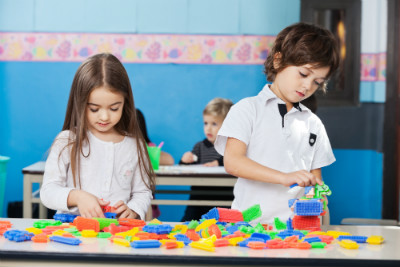
The child, through individual choice, makes use of what the environment offers to develop himself, interacting with the teacher when support and/or guidance is needed.
Multiage groupings are a hallmark of the Montessori Method: younger children learn from older children; older children reinforce their learning by teaching concepts they have already mastered. This arrangement also mirrors the real world, where individuals work and socialize with people of all ages and dispositions.
Developing the Montessori Way
In early childhood, Montessori students learn through sensory-motor activities, working with materials that develop their cognitive powers through direct experience: seeing, hearing, tasting, smelling, touching and movement. In the elementary years, the child continues to organize his thinking through working with the Montessori learning materials and an interdisciplinary curriculum as he passes from the concrete to the abstract. He begins the application of his knowledge to real-world experiences.
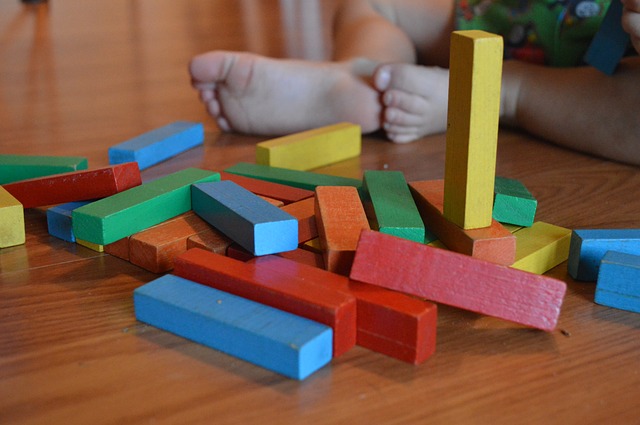
Interesting Facts about the Montessori System

For students of every age, the Montessori environment offers the tools to discover the answers to their own questions. The Montessori materials support responsible interactive learning and discovery.
The teacher is their trusted ally and the learning materials are their tools for discovery, growth, and development. The teacher stays with the students for the entire span of their multi-age grouping, usually 2 or 3 years, nurturing each child’s development over that extended span of time.
Elementary and high school materials build on the earlier Montessori materials foundation. Because older students have built a solid foundation from their concrete learning, they move gracefully into abstract thinking, which transforms their learning. Now they learn how to carry out research.
At upper levels, students broaden their focus to include the community and beyond. They learn through service and firsthand experience.
This article is taken from Smart Kids World issue 2014 Vol.04.





